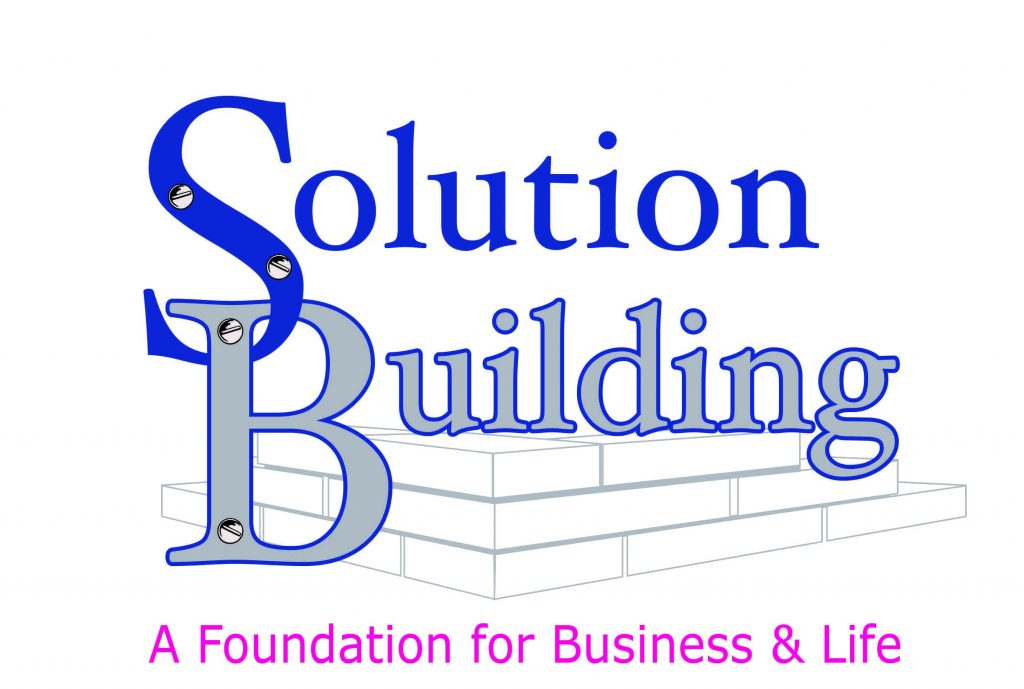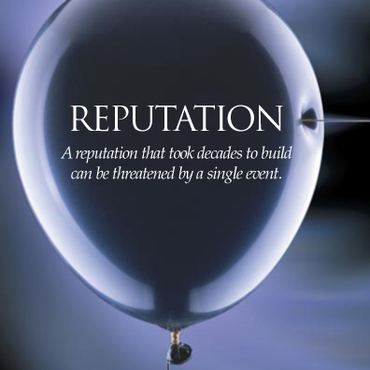But It’s Not A Good Business Plan
At the risk of sounding like (or writing like) a broken record I want to discuss the big issue of promising to do more than we can. I have written about this on several occasions focusing on different aspects of this struggle.
Five Ways to Stop Over Promising and Under Delivering
How to Create Realistic Expectations for Customers – Part 1
Honesty Is the Best Policy – I Don’t Care How Hard It Is
I may be overly optimistic, but in my experiences most of the professionals that I work with and/or associate with are driven by a selfless desire to help others. This doesn’t mean that there aren’t selfish people out there, but I believe they are the minority.

The problem arises when overly zealous unachievable statements are made and then not followed through.
Much of the time the over promising is encouraged by the person receiving the promise. I know when given an answer that wasn’t what they wanted; customers have pushed me into saying things that I knew weren’t possible. I let them do this because I wanted to help them realize their dream.
I have done the same thing to my suppliers and subcontractors. When trying to achieve a schedule, I urged them to give me answers that both them and I knew they couldn’t meet. This isn’t right or fair to anyone involved.
I have been dealing with this ‘over promising’ issue a lot lately. It was echoed this past week when I listened to a Michael Hyatt podcast about “How to Delegate Even If You Don’t Have a Team”. It encouraged me to not give up on shoveling this particular mountain.
How do we solve this problem?
First thing is to figure out what works best for you. This may be the hardest part…I know it is for me. Not every idea or plan is going to fit your needs. We are all different and this means our systems will be too. I’ve tried different things and give up when they don’t work immediately. The most important thing is to persist.
 Prioritize your to do list – This is probably the hardest thing for someone with a servant’s heart. Everything on the list is given ultimate importance and this is where the problem starts. There simply isn’t enough time to do everything. So how do we prioritize the list. Michael refers to the Eisenhower Matrix in the podcast. Like any system, it’s a good way to organize tasks, but only if you use it.
Prioritize your to do list – This is probably the hardest thing for someone with a servant’s heart. Everything on the list is given ultimate importance and this is where the problem starts. There simply isn’t enough time to do everything. So how do we prioritize the list. Michael refers to the Eisenhower Matrix in the podcast. Like any system, it’s a good way to organize tasks, but only if you use it.
 Delegate – Sharing the shovels needed to move any mountain is a good plan as long as you have someone to share them with. Delegating is a part of the productivity plan in the Eisenhower Matrix. There are a lot of unconventional ways that delegating can be done. Thinking outside the box is a great plan, you just can’t stop at the thinking, there has to be some doing. Michael shares ideas for this in his podcast as well.
Delegate – Sharing the shovels needed to move any mountain is a good plan as long as you have someone to share them with. Delegating is a part of the productivity plan in the Eisenhower Matrix. There are a lot of unconventional ways that delegating can be done. Thinking outside the box is a great plan, you just can’t stop at the thinking, there has to be some doing. Michael shares ideas for this in his podcast as well.
 Say NO – This is probably the hardest thing to do with a servant’s heart. We want to help everybody. The problem is there simply isn’t enough time to help everybody. Saying no is the only way we can do our best work, it’s the only way to serve well. The Lysa TerKeurst book, “The Best Yes”, is a great resource for helping to prioritize which things we say yes to and why. Most servants don’t want to tell others no but wouldn’t that be better than to give them an over promised yes.
Say NO – This is probably the hardest thing to do with a servant’s heart. We want to help everybody. The problem is there simply isn’t enough time to help everybody. Saying no is the only way we can do our best work, it’s the only way to serve well. The Lysa TerKeurst book, “The Best Yes”, is a great resource for helping to prioritize which things we say yes to and why. Most servants don’t want to tell others no but wouldn’t that be better than to give them an over promised yes.
When we attempt to help everybody, we really don’t do a good job of helping anybody.

We can have the best intentions when we say yes, but “The road to hell is paved with good intentions.” Unaccomplished good intentions are not the best way for us to truly serve others well.




 There is so much required to operate a business and it’s hard to keep everything balanced. There are
There is so much required to operate a business and it’s hard to keep everything balanced. There are  I wanted, at a glance, to know if we were on target for the current year’s financial goals. This way adjustments could be made before the financial support leg got too weak. I also wanted to be able to see how the company’s income and expenses compared with last week or last year at any time throughout the year.
I wanted, at a glance, to know if we were on target for the current year’s financial goals. This way adjustments could be made before the financial support leg got too weak. I also wanted to be able to see how the company’s income and expenses compared with last week or last year at any time throughout the year.





 Every day we are confronted with hundreds of these choices some big and some small. It’s easy for some of us to spend more time than we should when making decisions, we want to make the best ones. Sometimes when spending too much time trying to make the right one, we have inadvertently made the wrong one.
Every day we are confronted with hundreds of these choices some big and some small. It’s easy for some of us to spend more time than we should when making decisions, we want to make the best ones. Sometimes when spending too much time trying to make the right one, we have inadvertently made the wrong one.
































